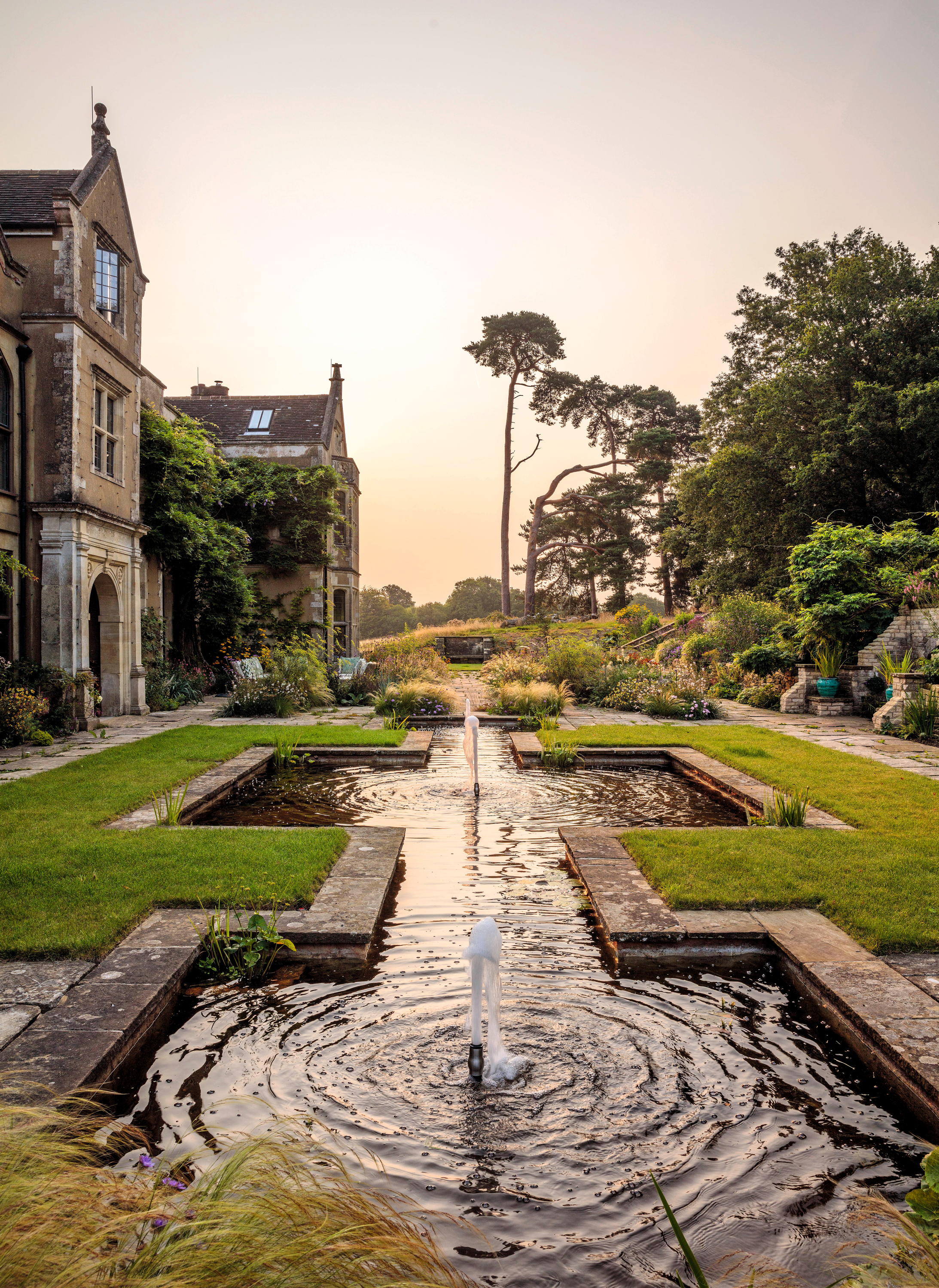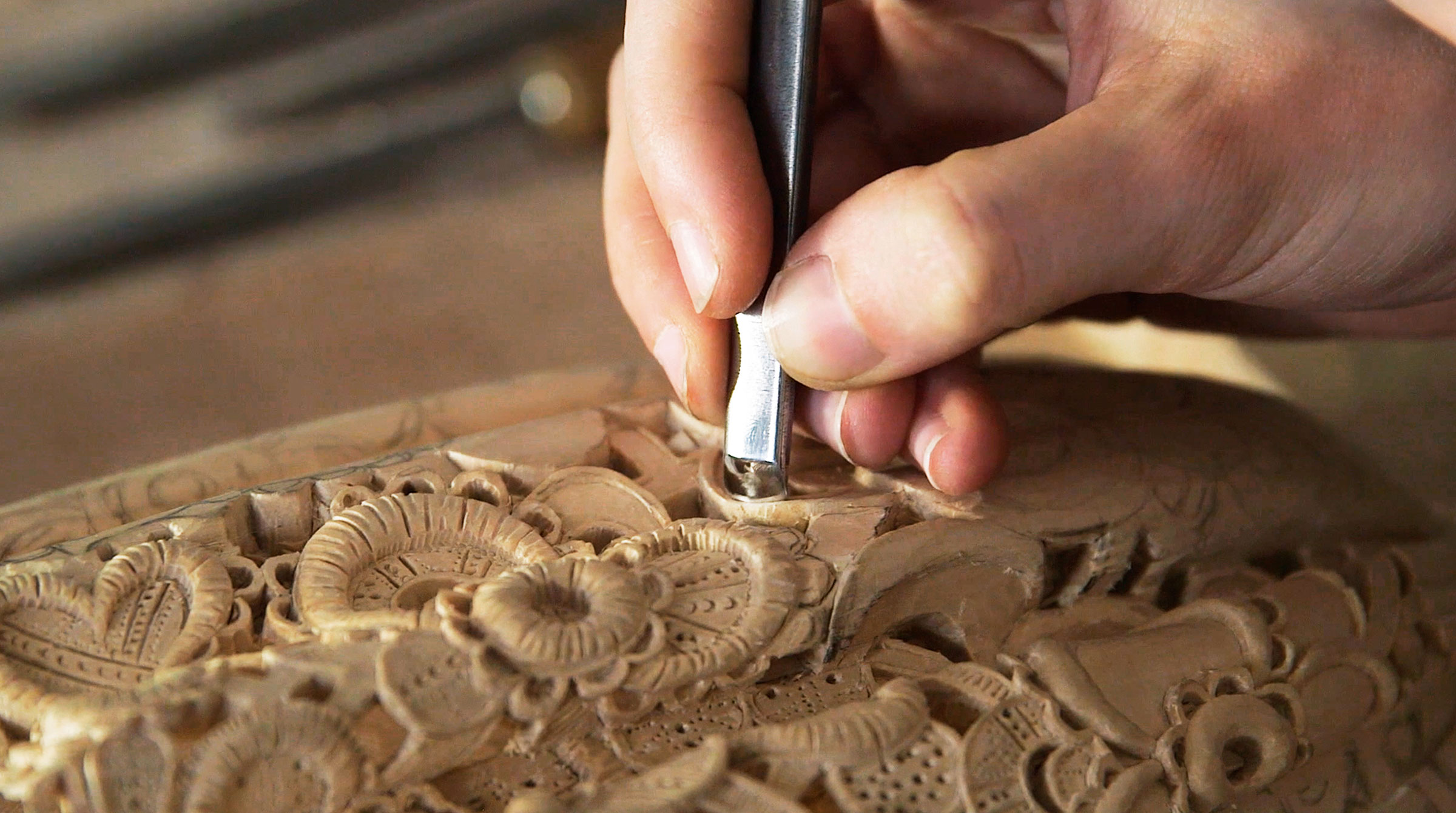Country house chimneys
Architect and broadcaster Ptolemy Dean urges us to look out for chimneys, in more ways than one


One of the best ways to judge a house is by its chimney. A chimney not only tells us of the house's story and its evolution, but its state is also a good indication of the likely state of repair of the whole building. Above all, a chimney is not just a practical element, but also one of the features that contributes to the beauty of traditional architecture in this country. A substantial chimney can be a sign of great age or antiquity, and often they emerge from apparently younger buildings that have been refaced. The earliest and most basic chimneys were simple and solid stacks of fireproof masonry designed to remove the smoke from the great open halls that were previously ventilated by just a simple hole. Chimneys have, of course, always been a product of a building's function. But, like the basic need for windows and doors, they soon became a part of the essential palette of tools that an architect could shape and wield into whatever composition his artistic tendencies directed. Chimneys have always been used to demonstrate wealth and ambition. One thinks of how Bess of Hard wick celebrated her sophistication and power with that forest of Elizabethan chimneys that are arresting even now. Sir John Soane produced an illustration of Blenheim Palace entirely in silhouette, specifically to show how the fine array of chimneys was alone sufficient to convey the proportion of the whole building. Soane never forgot the lesson, and in his own work, he gave his domestic kitchen blocks towering chimney stacks that took on an architectural role of their own. The Victorians took the art of the chimney to new heights. Much of the Gothic finery at roof level was determined by the practical requirement for functioning chimneys and ventilation shafts. By the era of Arts and Crafts, domestic hot pipe and radiator systems were being developed fast, so large chimneys were no doubt an increasing extravagance. But Norman Shaw seems to have delighted in demonstrating this when he provided the otherwise mundane lodge house at Hammerwood in Sussex with a towering central chimney stack. There can hardly be any functional justification for this massive edifice, doubling the height of the building, except that it would look splendid in the landscape. Architecture was much diminished during the chimneyless 1960s and 1970s when all heating requirements were passed over to the sleek and efficient mechanics of the 'services engineer'. As a result, the outline of houses often seem even absurd. As people rediscover a desire for open fires, chimneys are returning. But the odd little brick dimple here or a shiny stainless steel flue there are inadequate. We must all remember the lessons of Vanbrugh, Soane and Shaw and rediscover the magical process of sculpting the sky with properly scaled and proportioned chimneystacks. A decent chimney has always been sufficient to lift an otherwise banale building into the extraordinary and beloved.
Exquisite houses, the beauty of Nature, and how to get the most from your life, straight to your inbox.
Country Life is unlike any other magazine: the only glossy weekly on the newsstand and the only magazine that has been guest-edited by His Majesty The King not once, but twice. It is a celebration of modern rural life and all its diverse joys and pleasures — that was first published in Queen Victoria's Diamond Jubilee year. Our eclectic mixture of witty and informative content — from the most up-to-date property news and commentary and a coveted glimpse inside some of the UK's best houses and gardens, to gardening, the arts and interior design, written by experts in their field — still cannot be found in print or online, anywhere else.
-
 The garden created by a forgotten genius of the 1920s, rescued from 'a sorry state of neglect to a level of quality it has not known for over 50 years'
The garden created by a forgotten genius of the 1920s, rescued from 'a sorry state of neglect to a level of quality it has not known for over 50 years'George Dillistone’s original Arts-and-Crafts design at Knowle House, East Sussex, has been lovingly restored and updated with contemporary planting. George Plumptre tells more; photography by Clive Nichols.
-
 21 of the greatest craftspeople working in Britain today, as chosen by the nation's best designers and architects
21 of the greatest craftspeople working in Britain today, as chosen by the nation's best designers and architectsWe've persuaded some of the most celebrated names from our Country Life Top 100 to name the craftspeople they have in their own personal little black books.
